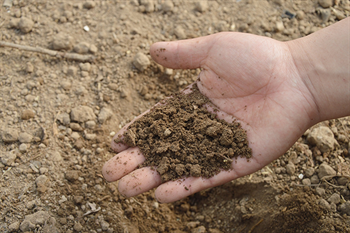
Soil sampling is an essential tool for any business that's work is closely related to plant or soil health. Sampling is the first step to take to prepare for future crops. Discover the benefits of soil sampling and the opportunities it can bring.
Taking soil samples may benefit you if you are in any of the following industries.
Taking a soil sample helps give you a better picture of the condition your land is in. One of the major and vital reasons for taking soil samples is to determine which fertilizers should be invested in.
A soil sample can tell you the nutrients and chemical factors present in the soil, letting you know exactly which nutrients you're missing to grow a healthy crop. As a result, you can focus your efforts in the right direction and manage your priorities.
To determine whether your chosen land will be able to support your structure, the soil should be tested to help determine the suitability for your construction project.
There are two ways to take soil samples.
This method would suit you best if you have 15-20 acres of field or plots. Whether your fields are together or spread over multiple locations, this method is perfect for fertility management.
If you have larger fields, we recommend using this method. The concept behind this method is to divide areas according to soil type, problematic areas, fertility or yield data. This takes soil samples that are smaller than those in the conventional method.
For best results, here is how to sample your soil.
Ready to take the plunge and do a soil sampling? Great. Here at Plastech Plus, we know the importance of first sampling your soil. Check out our various ground sampling supplies and get what you're looking for today!